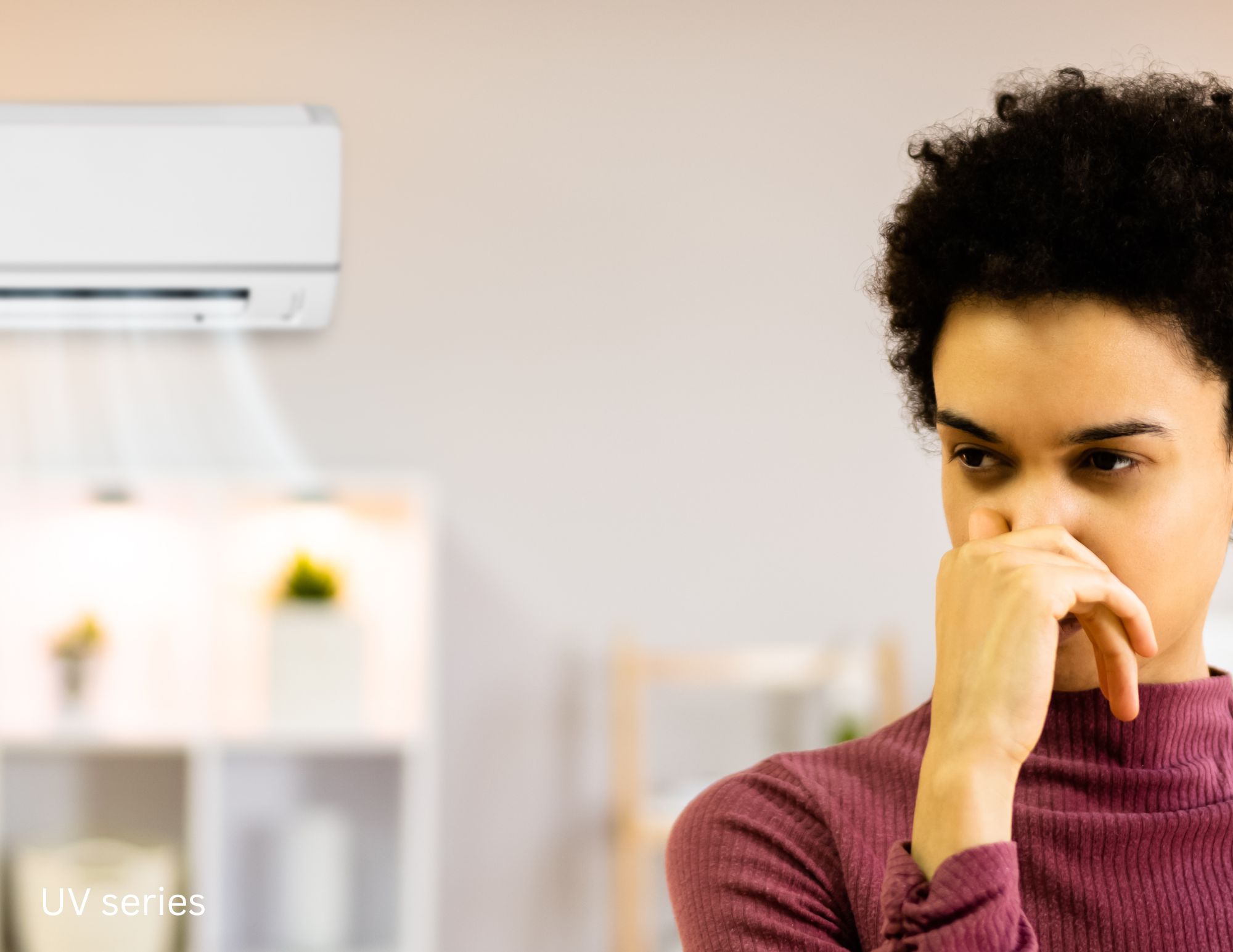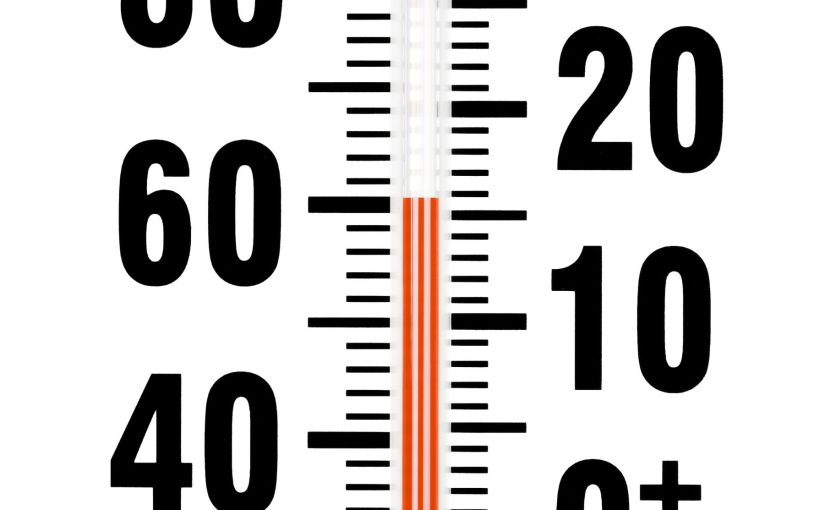As temperatures rise during the summer months, many people turn to window air conditioners to keep their homes cool and comfortable.
However, as humidity levels also tend to rise during this time, you may be wondering if your window AC unit can also function as a dehumidifier.
In this article, we’ll answer the question, “Is a window air conditioner a dehumidifier?” and explore the differences between the two appliances.
We’ll also provide tips on how to choose the right unit for your needs and how to use it effectively.
 Is a Window Air Conditioner a Dehumidifier?
Is a Window Air Conditioner a Dehumidifier?
The short answer to this question is no, a window air conditioner is not a dehumidifier.
While both appliances are designed to remove moisture from the air, they work in different ways and have different capabilities.
A window air conditioner cools the air by removing heat and moisture from it. It does this by drawing warm air from the room, passing it over a refrigerant coil to cool it down, and then releasing the cooled air back into the room.
As the warm air passes over the coil, moisture in the air condenses on the coil and is collected in a drip pan or drained out of the unit.
While a window air conditioner can help to reduce humidity levels in a room, it is not designed to function primarily as a dehumidifier.
Dehumidifiers, on the other hand, are specifically designed to remove moisture from the air and maintain optimal humidity levels.
Differences Between a Window Air Conditioner and a Dehumidifier
To understand the differences between a window air conditioner and a dehumidifier, let’s take a closer look at how each appliance works and their respective capabilities.
How a Window Air Conditioner Works
- A window air conditioner cools the air by removing heat and moisture from it.
- It does this by drawing warm air from the room, passing it over a refrigerant coil to cool it down, and then releasing the cooled air back into the room.
- As the warm air passes over the coil, moisture in the air condenses on the coil and is collected in a drip pan or drained out of the unit.
- A window air conditioner is primarily designed to cool the air and maintain comfortable temperature levels.
How a Dehumidifier Works
- A dehumidifier removes moisture from the air by drawing humid air over a refrigerant coil and condensing the moisture out of the air.
- The condensed moisture is then collected in a reservoir or drained out of the unit.
- A dehumidifier is designed to maintain optimal humidity levels and improve indoor air quality.
- Dehumidifiers are often used in basements, bathrooms, and other areas where moisture levels tend to be high.
Differences in Capabilities
- While a window air conditioner can help to reduce humidity levels in a room, it is not designed to function primarily as a dehumidifier.
- A window air conditioner is primarily designed to cool the air and maintain comfortable temperature levels.
- A dehumidifier, on the other hand, is specifically designed to remove moisture from the air and maintain optimal humidity levels.
- If you live in an area with high humidity levels, using a dehumidifier in addition to a window air conditioner can help to improve indoor air quality and reduce the risk of mold and mildew growth.
Choosing the Right Unit for Your Needs
If you’re trying to decide whether to purchase a window air conditioner, a dehumidifier, or both, there are a few things to consider in order to choose the right unit for your needs.
Climate
The climate in your area will play a big role in determining whether you need a dehumidifier in addition to a window air conditioner.
If you live in an area with high humidity levels, a dehumidifier may be necessary to maintain optimal humidity levels and prevent mold and mildew growth.
Room Size
The size of the room you’re looking to cool and dehumidify will also be a factor in your decision.
Window air conditioners come in a variety of sizes and cooling capacities, so you’ll want to choose a unit that is appropriately sized for the space you’re looking to cool.
Dehumidifiers also come in different sizes, and you’ll want to choose a unit that can handle the amount of moisture in the room.
Budget
Your budget will also play a role in your decision.
Window air conditioners are generally less expensive than dehumidifiers, but if you live in an area with high humidity levels, it may be worth investing in a dehumidifier in addition to a window air conditioner to improve indoor air quality and prevent mold and mildew growth.
Tips for Using a Window Air Conditioner Effectively
If you do decide to use a window air conditioner to help reduce humidity levels in your home, there are a few tips to keep in mind to ensure that it is used effectively..
Clean the Unit Regularly
Cleaning the unit regularly can help to ensure that it is functioning at its best. Be sure to clean the filter, coils, and drip pan regularly to prevent the buildup of dirt and debris.
Use the Unit Correctly
Using the unit correctly can also help to improve its effectiveness.
Keep doors and windows closed while the unit is running, and use curtains or blinds to block out direct sunlight, which can heat up the room and cause the unit to work harder.
Consider a Unit with a Built-in Dehumidifier
If you’re looking to reduce humidity levels in your home, you may want to consider purchasing a window air conditioner with a built-in dehumidifier.
These units are designed to cool the air and remove moisture at the same time, providing a more comprehensive solution.
FAQs
Can a window air conditioner remove moisture from the air?
Yes, a window air conditioner can help to remove moisture from the air, but it is not designed to function primarily as a dehumidifier. A dehumidifier is specifically designed to remove moisture from the air and maintain optimal humidity levels..
Can a dehumidifier replace a window air conditioner?
No, a dehumidifier cannot replace a window air conditioner. While both appliances are designed to improve indoor air quality, they work in different ways and have different capabilities. A window air conditioner is designed to cool the air, while a dehumidifier is designed to remove moisture from the air.
Should I use a dehumidifier in addition to a window air conditioner?
If you live in an area with high humidity levels, using a dehumidifier in addition to a window air conditioner can help to improve indoor air quality and reduce the risk of mold and mildew growth.
Conclusion
While a window air conditioner can help to reduce humidity levels in a room, it is not designed to function primarily as a dehumidifier.
Dehumidifiers are specifically designed to remove moisture from the air and maintain optimal humidity levels.
When choosing the right unit for your needs, consider the climate in your area, the size of the room you’re looking to cool and dehumidify, and your budget.
By using a window air conditioner effectively and considering a unit with a built-in dehumidifier, you can improve indoor air quality and reduce the risk of mold and mildew growth in your home.












 Additional Tips and Information:
Additional Tips and Information:


 Low humidity can also have a significant impact on plants.
Low humidity can also have a significant impact on plants. In conclusion, understanding the symptoms of low humidity in humans and plants, as well as the causes and ways to treat them, is essential for maintaining a healthy and comfortable environment.
In conclusion, understanding the symptoms of low humidity in humans and plants, as well as the causes and ways to treat them, is essential for maintaining a healthy and comfortable environment.
 Gather Necessary Supplies
Gather Necessary Supplies In conclusion, cleaning mold in an air conditioner is an important step in maintaining a healthy living environment.
In conclusion, cleaning mold in an air conditioner is an important step in maintaining a healthy living environment.
 When to Use the Window AC Reset Button:
When to Use the Window AC Reset Button: Conclusion:
Conclusion:
 Window AC Sizing Chart
Window AC Sizing Chart Conclusion: What Size Window Air Conditioner Do I Need
Conclusion: What Size Window Air Conditioner Do I Need
 How to Fix Window Air Conditioner Noise
How to Fix Window Air Conditioner Noise

 Window Air Conditioner Hacks
Window Air Conditioner Hacks Window AC Helpful Hints Chart
Window AC Helpful Hints Chart






